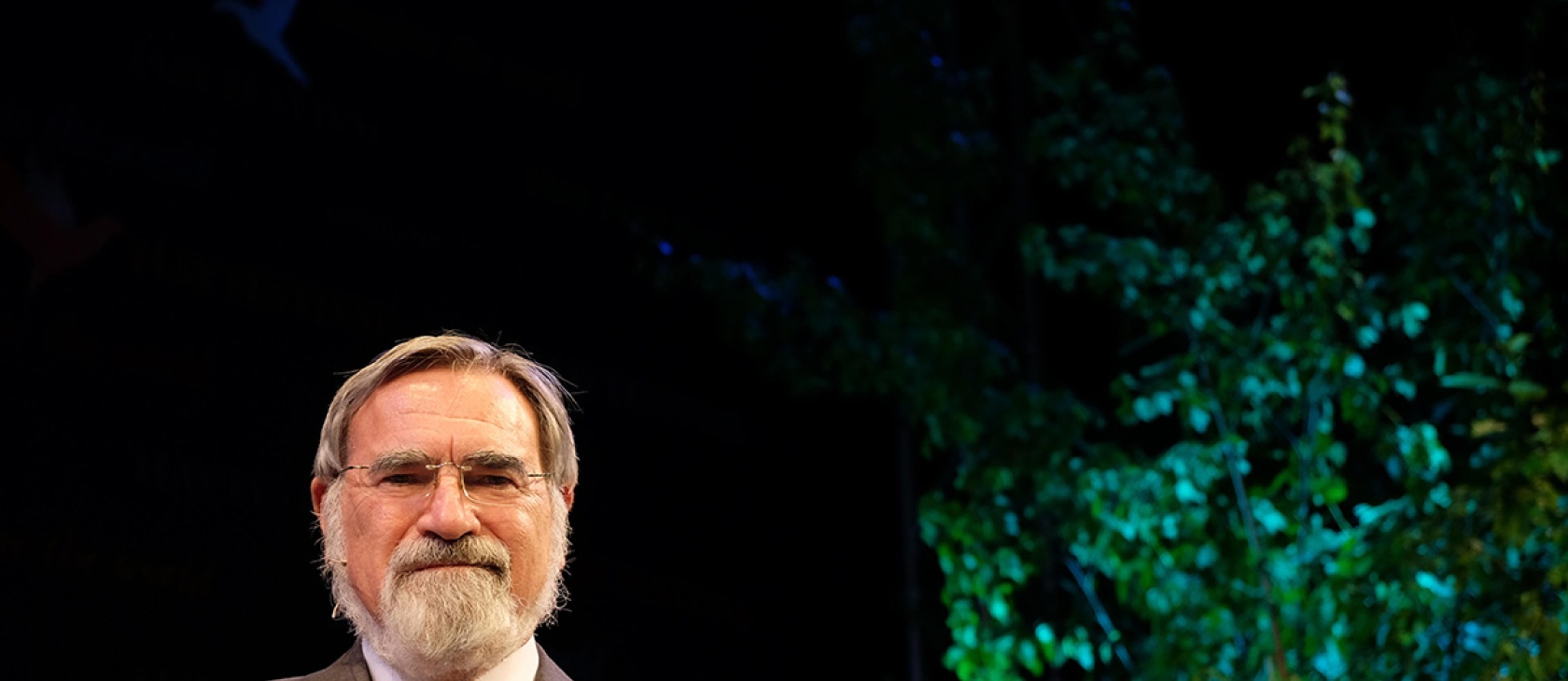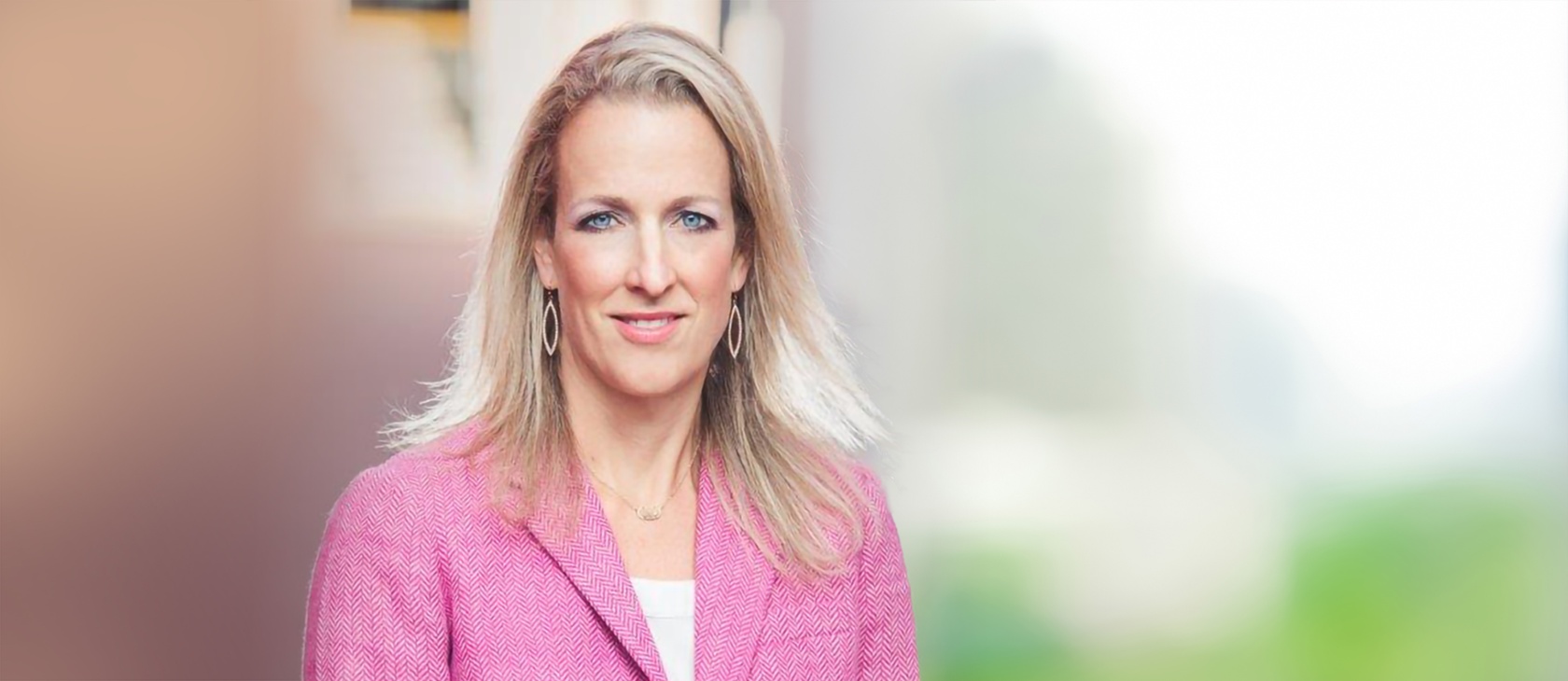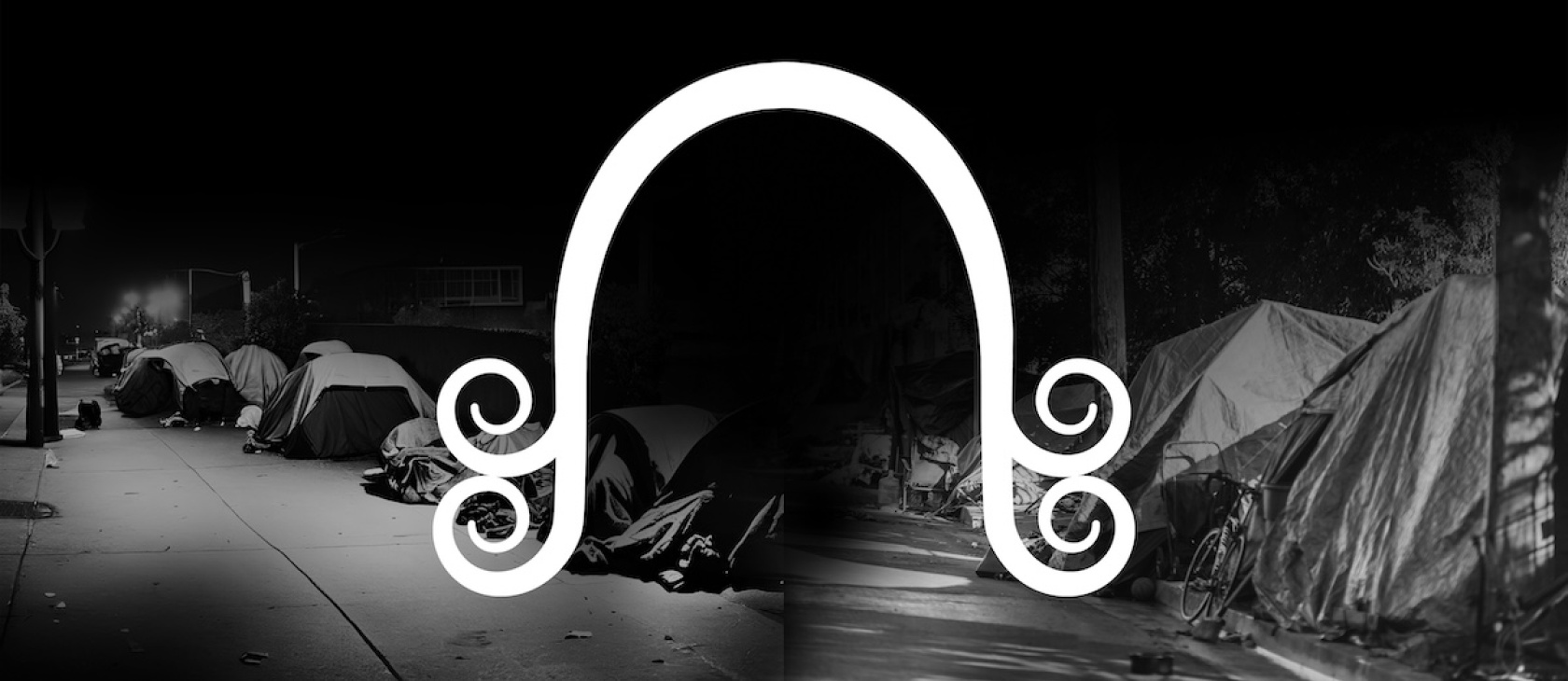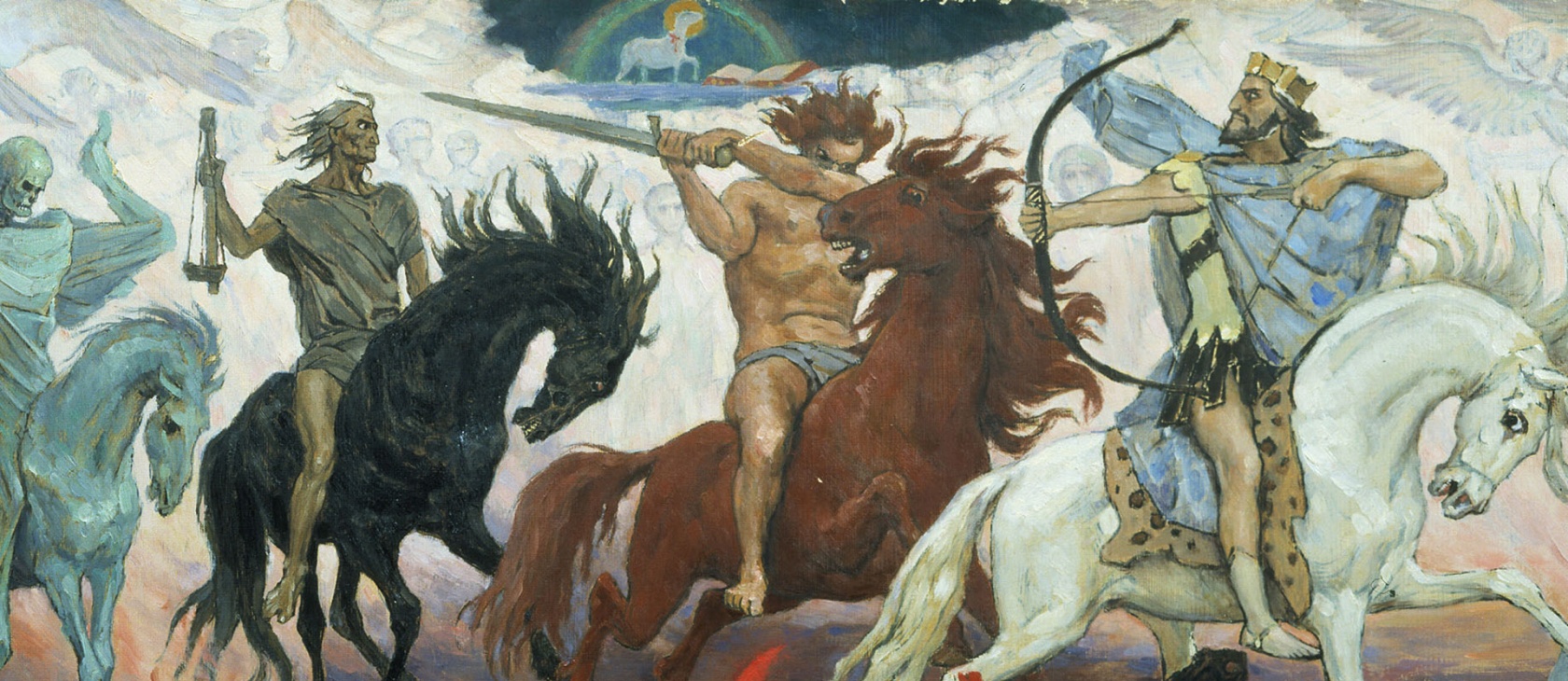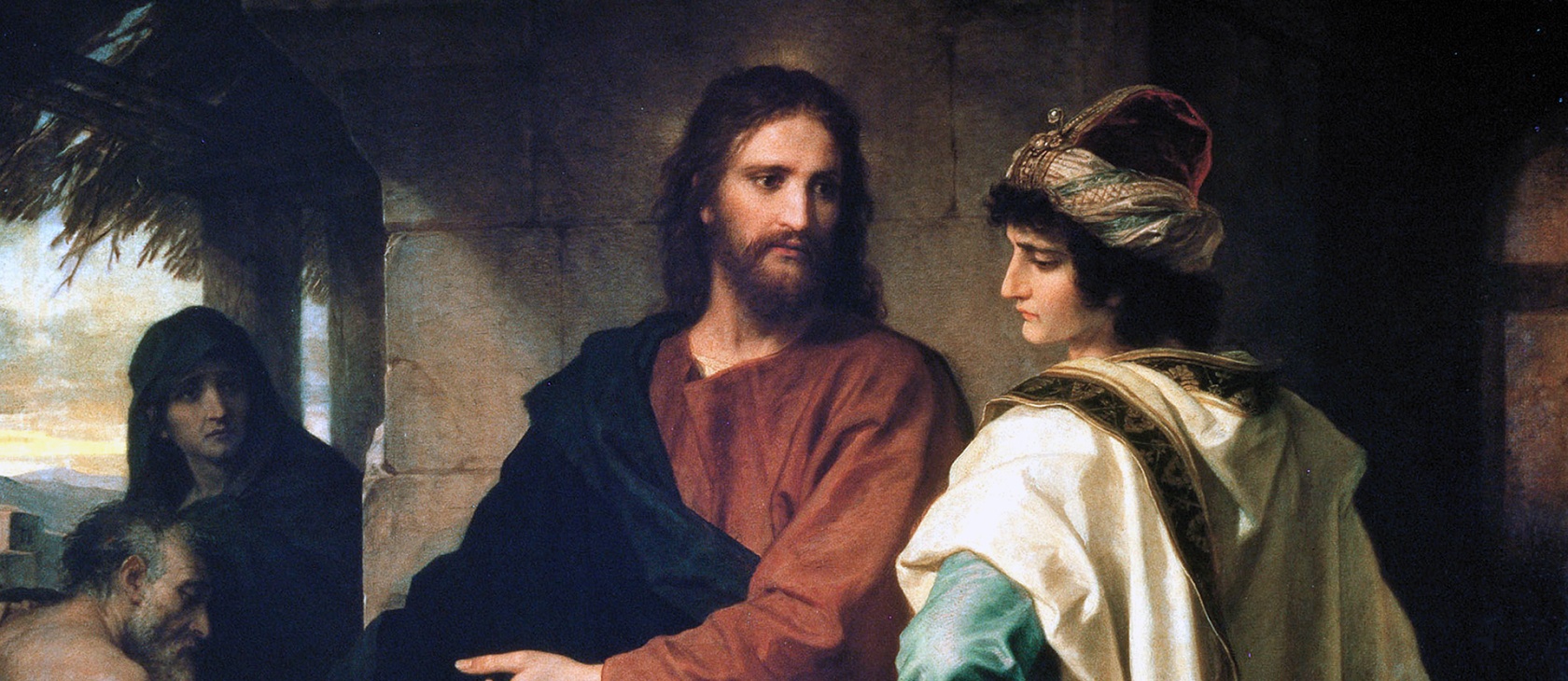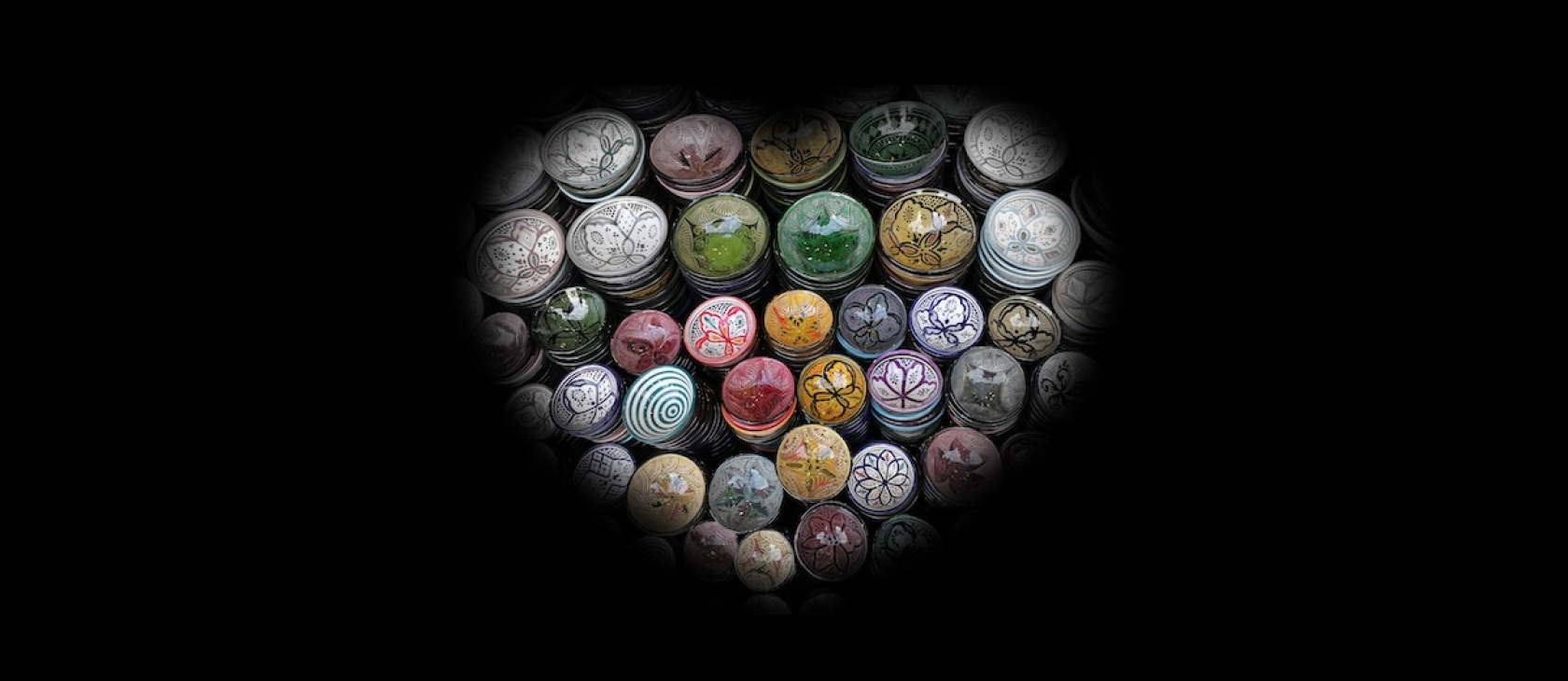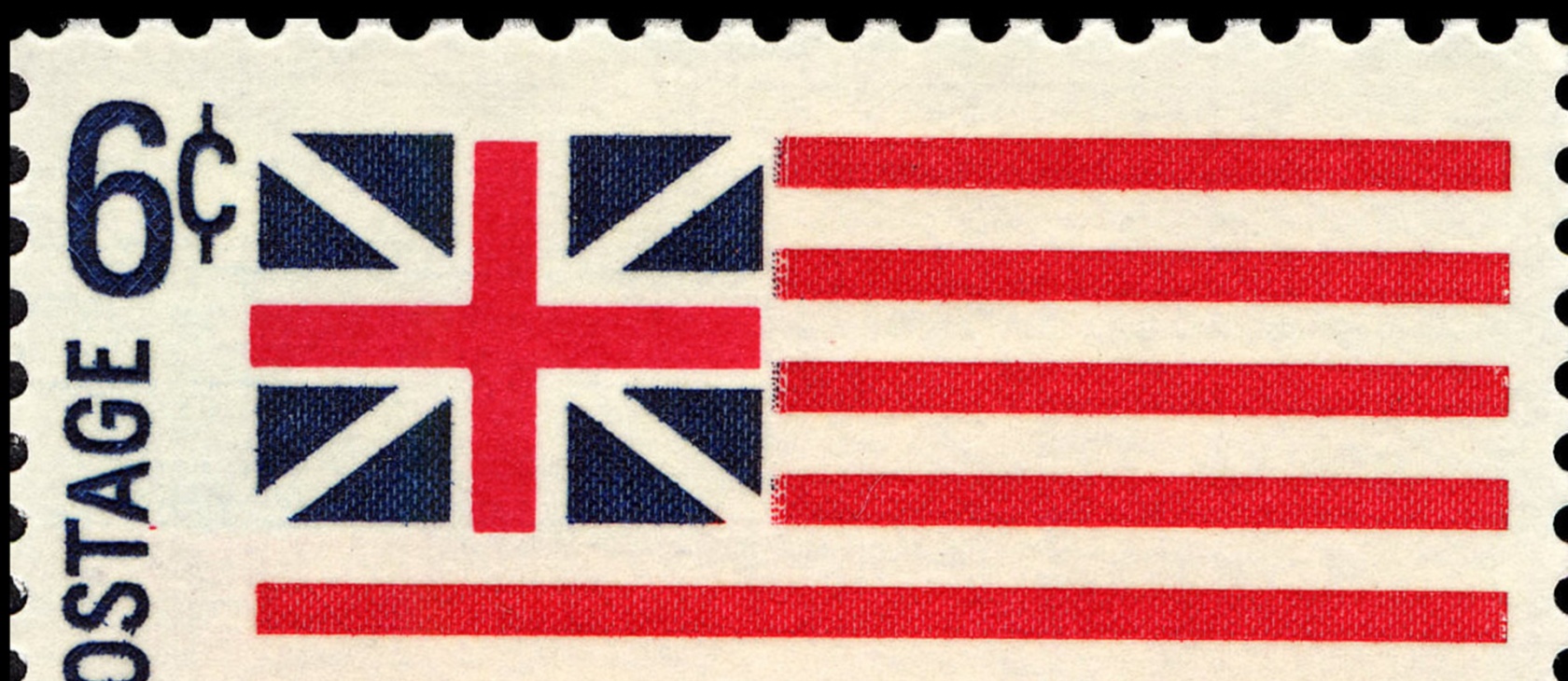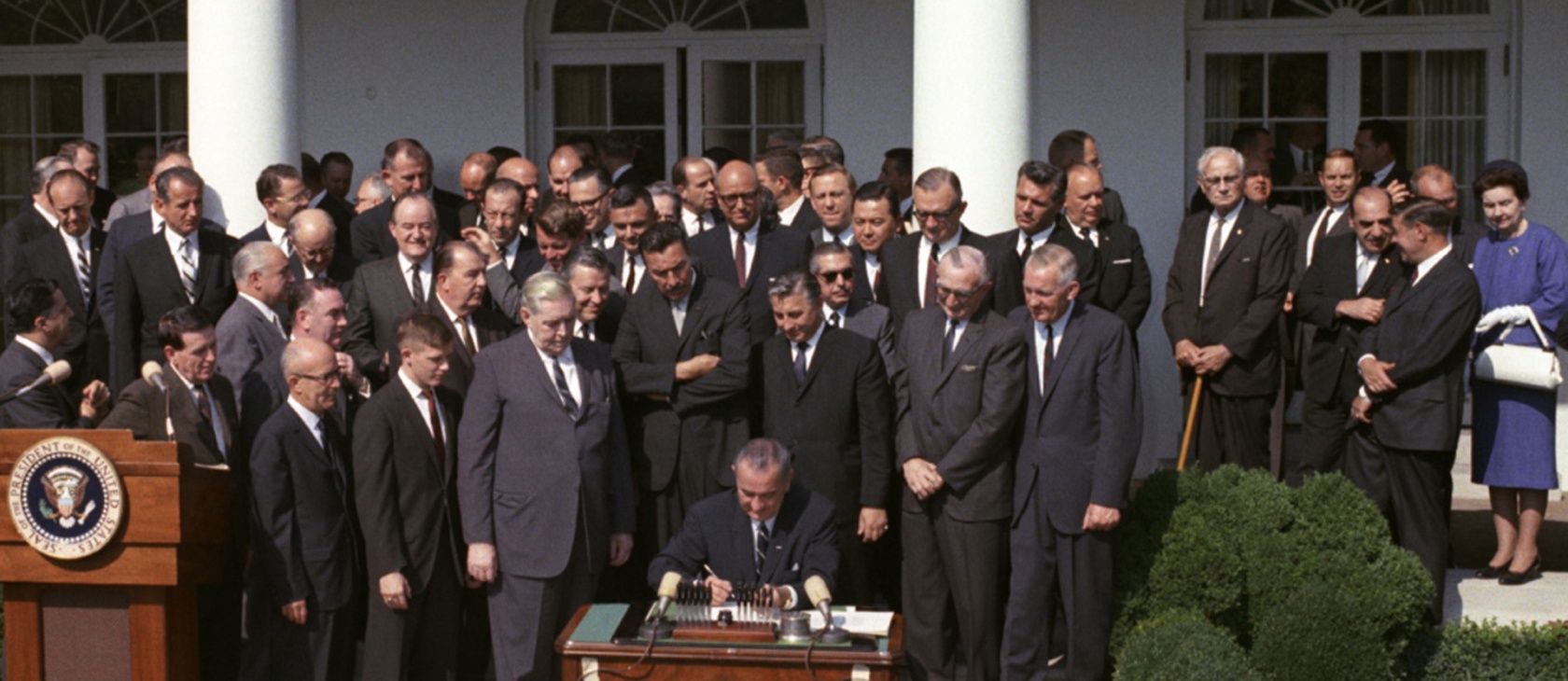


Everyone knows about Babel. Variations on the story appear in Sumerian, Greco-Roman, and pre-Columbian Central America, and possibly African mythology. But the most familiar version is the one from the Hebrew Bible.
In the generations that followed the Flood, Genesis tells us, the descendants of Noah grew dissatisfied with their lot. Perhaps under the leadership or inspiration of Nimrod, they undertook to “build us a city and a tower, whose top may reach unto heaven; and let us make us a name, lest we be scattered abroad upon the face of the whole earth.” This enterprise displeases the Lord. Noting the implications of their unity, He foresees that “nothing will be restrained from them, which they have imagined to do.” To prevent usurpation of divine prerogatives, God confounds their language and scatters the people across the face of the earth, where they form distinct nations.
The big cities of America have long been thought to be thoroughly secular, even godless, where cosmopolitanism and human greed crushed tradition and a traditional reliance on the God of Abraham, Isaac, and Jacob. A new book says not so fast.
God in Gotham
By Jon Butler
(Harvard/Belknap, 2020)
Popular imagination of the story revolves around the tower that symbolizes the human aspiration to transcend political, cultural, and physical limits. But the Bible pays more attention to the city where it is located. According to the letter of the text, the tower is never destroyed (perhaps reflecting encounters with Near Eastern ziggurats that survive to this day). What happens is that the city is abandoned after languages are distinguished and peoples dispersed over the face of the earth. The fate of Babel is actually less severe than the doom that befalls other cities in the Genesis narrative. Enoch, the very first city founded by the murderer Cain, is swept away by the Flood. Sodom and Gomorrah are burned to the ground with sulfur and fire.
The Bible does include more positive visions of cities. In the histories of the kings and the psalms, among other texts, es to represent collective holiness. Jesus evokes this association in parison of the faithful to a city on a hill. But these exalted depictions are balanced by the prophets’ denunciations of Jerusalem as the site of corruption and iniquity. Jeremiah famously prophesies the justified destruction of the holy city, in a sequence of events that echoes the divine judgments of Genesis.
Suspicion of cities isn’t limited to the biblical authors. In the modern era, religious authorities and moralists have consistently worried about spiritual and social consequences of urban living. With their looming towers, multiethnic populations, and manic energy, today’s cities seem to be replaying the story of Babel before our eyes. Whether or not they meet the same end, it often seems that they deserve it.
Abyssinian Baptist Church, Harlem
(Image credit: iStockPhoto)
In God in Gotham, the distinguished scholar Jon Butler rejects this assessment. Opposing the conventional wisdom, at least within American Protestantism, Butler argues that what Billy Graham called “Sodom on the Subway” has been a haven for religious belief and practice. Although it is primarily a work of history, Butler’s analysis has a clear normative dimension. A strand of nostalgia that goes back to the Bible suggests that true piety is possible only under pastoral conditions—remember that the Lord’s favorite, Abel, was a shepherd. Butler wants to show that the modernism, cosmopolitanism, and voluntarism that seem essential to cities like New York are no threat to religion but, perhaps, its future.
A short, accessibly written book, God in Gotham has broad temporal scope. Butler ranges capably from the foundation of the city in the 17th century to its confrontation with suburban alternatives in the second half of the 20th century. The long period of coverage is important because Butler wants to show that Americans and New Yorkers have worried about the religious significance of the city as long as either group has existed. There is no paradise lost, in his account.
Still, the structure is built around a shorter period that reflects the volume’s normative subtext. Butler emphasizes the century, more or less, between the end of the Civil War and the ’60s. That’s because the early bookend indicates the end of Protestant dominance in New York’s demography, politics, and popular culture. Before that time, it was possible to believe that the city enjoyed an ecumenical consensus if not denominational unity. Afterward, the waves of immigration that brought hundreds of thousands of Jews, Italian Catholics, and others to New York made the story of Babel all too real to the city’s religious and social establishment.
The later bookend reflects the decline of cities in general and New York in particular from their leading role in American life. In the years after the Second World War, population and money flowed out of the cities—and religious institutions munities followed them.Butler notes a subtle but important shift in the criticism of American religion in response to these developments. Fears of immorality and secularism went along with the immigration and urbanization of the late 19th and early 20th centuries. Anxieties that American religion was respectable but vacuous, epitomized by Will Herberg’s diagnosis of “the American way of life” in Protestant, Catholic, Jew, were more characteristic of suburban experience. Butler chides Herberg and his counterparts for failing to perceive the religious possibilities of the suburbs, much like their predecessors denounced the city as barren ground for the seeds of faith.
One reason white evangelicals like Graham perceived New York as a godless wasteland was their inability to recognize the vitality of the black church, despite similarities of theology and worship derived from shared Southern backgrounds.
Still, he does not avoid a different brand of nostalgia. Rather than idealizing rural harmony, Butler saves his restrained but evident enthusiasm for circles centered for a few decades on Union Theological Seminary and the Jewish Theological Seminary. God might dwell in Gotham, but for a while He seemed to have a special affection for Upper Manhattan.
Butler’s admiration for this milieu is understandable. In different and often contrasting ways, Reinhold Niebuhr, Paul Tillich, Abraham Joshua Heschel, and Mordecai Kaplan were models of sophisticated theological engagement who also reached a broader public. For scholars distressed by the marginalization of religion within the academy and in intellectual life, these figures contributed to a kind of golden age, when religious sources and tradition were inescapable features of public discourse. Their appeal, to many admirers, is heightened by liberal politics, which refutes the association of religion with the populism that is both cause and consequence of its present disrepute among intellectuals.
But the same features that make the midcentury liberal theologians appealing to Butler help account for the evanescence of their influence. Whatever their own beliefs, none established durable movements that attracted significant numbers of participants. Part of the reason is that, while they suggested that secular thought was insufficient, they struggled to articulate what insights or principles could be derived only from religious traditions and sources. Niebuhr’s presentation of the Babel story, which he describes as a universally human “myth” rather than an element of an authoritative sacred text, exemplifies the difficulty.
Tension between relatively high-brow forms of urban religion and conservative critics hasn’t gone away. The Presbyterian pastor Timothy Keller became a minor celebrity around the turn of the 21st century due to his success preaching a “winsome” gospel to New Yorkers. More recently, he’s been the target of criticism for being insufficiently pugilistic in his rhetoric or partisan in his politics. Keller is more theologically orthodox than Niebuhr, but still hasn’t been able to escape charges that he’s watering down Christianity (or a confesionally Reformed Christianity) to suit a culturally sophisticated but religiously indifferent audience. Even without the specific pressures of our political moment, the old suspicion of big cities is hard to shake.
Whatever the merits of Keller’s approach, it may be that the most vital forms of city religion are more likely to be found in the streets than in ivory towers. The best chapter of God in Gotham discusses the development of a distinctively African American form of urban Christianity as migration from the South and, to a lesser extent, from the Caribbean swelled New York’s black population. Middle-class pastors represented by Harlem minister Adam Clayton Powell Sr. tried to corral their flocks into black congregations modeled on the white Protestant mainstream—with imposing church buildings to match.
These efforts were only partly successful. Thousands joined Powell’s Abyssinian Baptist Church, which was the largest congregation in the country between the world wars. But many others were drawn to storefronts where uncredentialed ministers preached a poor man’s gospel, sometimes drawing on the apostolic gift of speaking in tongues. It is worth recalling that the modern Pentecostal movement began with the Azusa Street Revival in Los Angeles.
Religion can thrive in big American cities if you know where to look, then. One reason white evangelicals like Graham perceived New York as a godless wasteland was their inability to recognize the vitality of the black church, despite similarities of theology and worship derived from shared Southern backgrounds. A similar dynamic might explain the low profile of Hispanic Christianity today. Stereotypically associated with Catholic Church, Central Americans are joining charismatic and renewalist movements in record numbers.
Jewish Theological Seminary of America, Morningside Heights, New York
(Image credit: ajay_suresh)
A related observation could be made regarding Jewish life. While the imposing Reform temples established by affluent German Jews empty out, so-called ultra Orthodox (more accurately and politely, munities in Brooklyn and throughout the New York metro area are booming in population and confidence. Despite the biblical suspicion of cities, Jews have a long history of urban piety extending back to the Hellenistic period and reinforced by European prohibitions on landowning that extend into modern times. Long after they ceased to be the shepherds and farmers of Davidic times, Jews have found that education and collective autonomy are more important to religious continuity than location.
Precisely because of the strength of low-status, minority pared to genteel movements, though, the anxieties that tormented New York denominational Protestants in the late 19th century remain familiar. With slightly updated references, a jeremiad like prominent minister Josiah Strong’s Our Country could have been written yesterday. In 1885, Strong warned that bination of immigration, technological change, and elite skepticism on display in New York were not only threatening to undermine America’s status as a “city upon a hill” but also civilization itself. Butler reminds us that we have always lived in the shadow of Babel, here in the city at the tower’s base.
